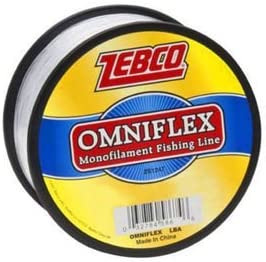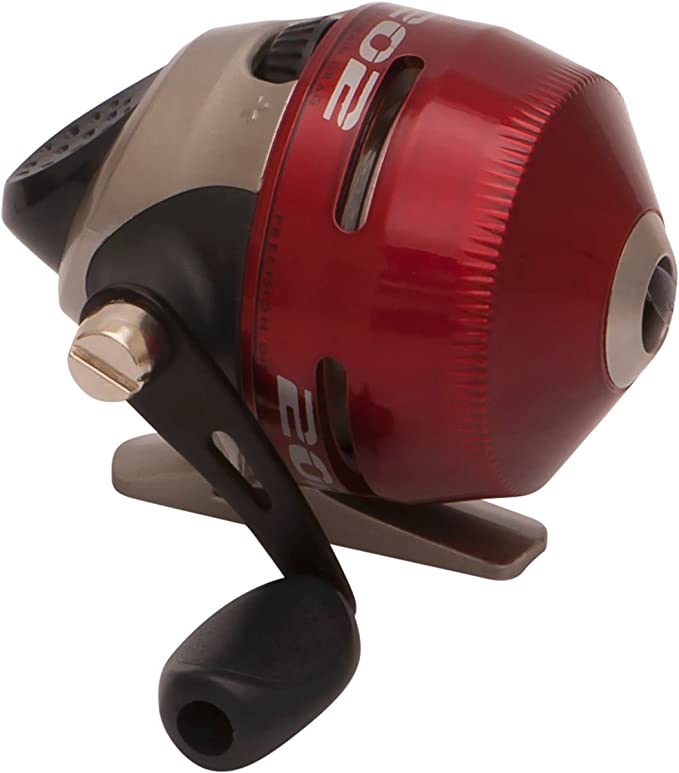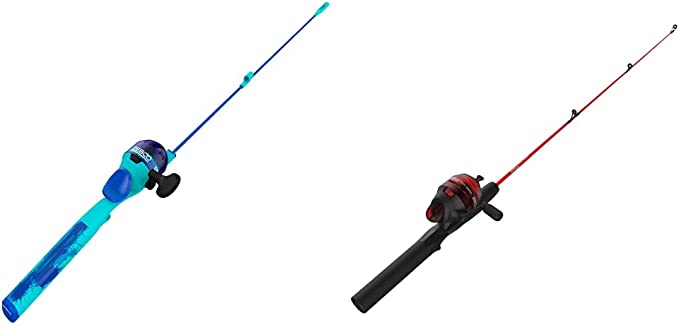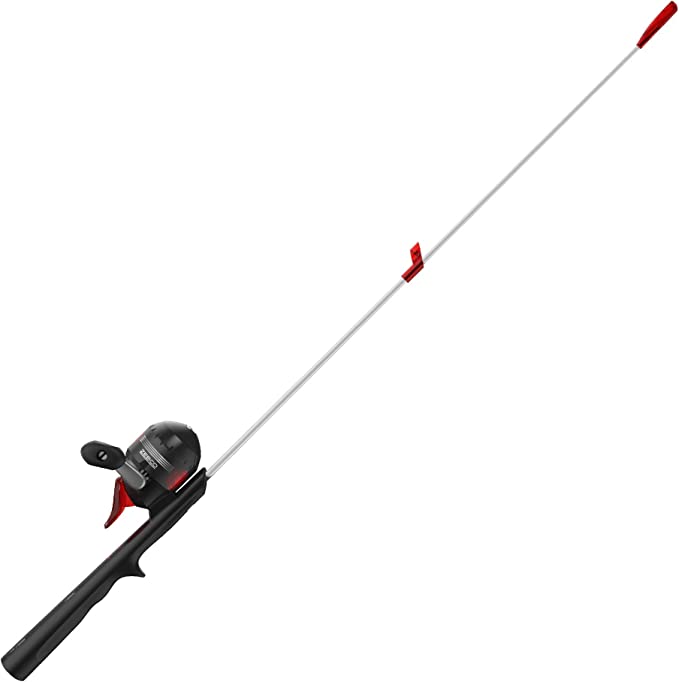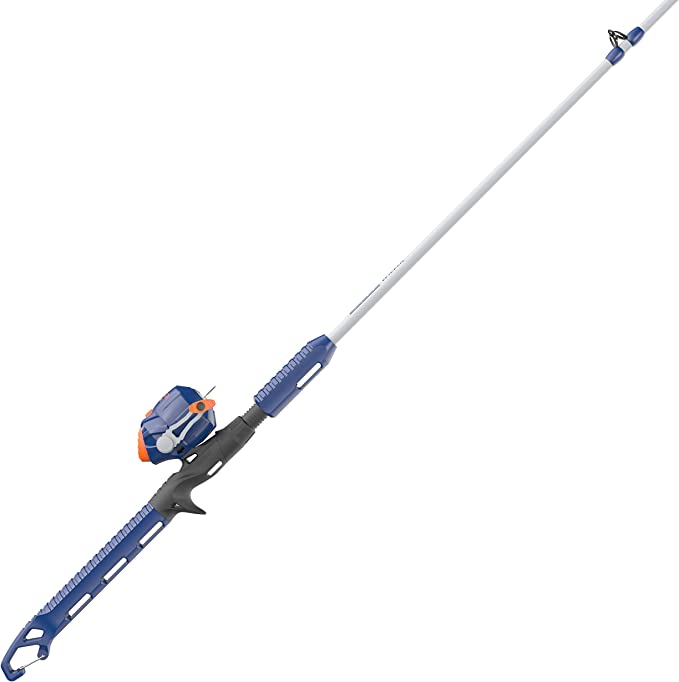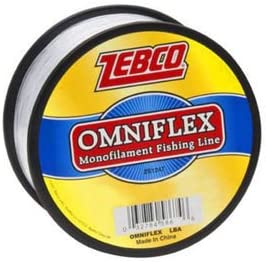The Invisible Thread: How WWII Science in Your Tackle Box Changes the Way You Fish
Update on July 31, 2025, 6:37 p.m.
There’s a quiet magic in the zing of a perfectly cast line arching over the water. For a moment, it hangs in the air—a thin, almost invisible filament connecting our world to the mysteries below. We often take this thread for granted. We spool it, knot it, and curse it when it tangles. But that simple line is far more than just string. It is a direct descendant of a 20th-century scientific revolution, a legacy of wartime ingenuity that found an unexpectedly peaceful purpose in every angler’s tackle box.
To truly understand the reliable performance of a modern line like the Zebco Outcast Monofilament, we must travel back in time, long before it was spooled and sold by the yard. We must go back to an era when fishing line was a frustratingly fragile affair, and a “miracle fiber” was about to change everything.

From Parachutes to Ponds: The Unlikely Birth of Modern Fishing
Before the mid-20th century, anglers relied on lines braided from natural fibers like silk, linen, or even horsehair. These lines were the best available, but they were deeply flawed. They absorbed water, rotted over time, were inconsistent in strength, and required meticulous drying after each use. A trophy fish could easily be lost to simple material failure. The world was waiting for something better.
That something arrived in 1938, not from the fishing industry, but from the industrial chemistry labs of DuPont. There, a brilliant but troubled chemist named Wallace Carothers led a team that, after years of research into long-chain polymers, synthesized the world’s first truly artificial silk: Nylon. This new material was a revelation, defined by a property that would soon become paramount to anglers: an exceptionally high tensile strength relative to its weight and diameter.
Initially, nylon was a civilian luxury, most famously used for women’s stockings. But with the outbreak of World War II, it was immediately conscripted for the war effort. The same properties that made for durable stockings made for life-saving parachutes, tow ropes, and vehicle tires. Nylon was a strategic material, a testament to human ingenuity under pressure. When the war ended, DuPont sought new markets for its miracle fiber. In 1958, they released a product that would forever alter the sport of fishing: a single-filament nylon line marketed under the brand name Stren. The age of modern monofilament had begun.

Deconstructing the Modern Thread: The Science Inside the Spool
Today, a line like the Zebco Outcast represents the refinement of that initial breakthrough. It is an accessible, dependable tool born from decades of polymer science. Let’s dissect the key properties that define its performance, not as marketing points, but as triumphs of applied physics.
The Duel with Physics: Strength vs. Knots
Every spool of line is rated with a “pound test”—for instance, “4-pound test.” This number, determined by Tensile Strength testing, represents a laboratory promise: under a steady, direct pull, the line will not break before reaching that force. However, any experienced angler knows the painful truth that a 10-pound line can snap on a 5-pound fish. The culprit? The knot.
This isn’t a defect; it’s a fundamental principle of physics. A knot, no matter how well-tied, creates bends and compression points that concentrate stress on the line. This is known as Stress Concentration. These stress points dramatically reduce the line’s breaking strength. A line’s practical strength is therefore its Knot Strength, which can be 10-40% lower than its stated tensile strength. This is why learning to tie a good, clean knot like a Palomar or Uni is not just a skill, but a way to preserve the engineered potential of your line.
So what about the user reports of landing a 50-pound catfish on 20-pound Outcast line? This isn’t magic; it’s a beautiful demonstration of a complete system at work. The force from the fish is not a static pull; it’s a dynamic load of surges and runs. This force is managed by two critical components working with the line: the rod acts as a giant leaf spring, absorbing sudden shocks, while the reel’s drag system allows the line to slip at a preset pressure. Together, they ensure the peak force experienced by the line rarely exceeds its breaking point. The line’s job is to have the consistent strength and abrasion resistance to withstand this managed, prolonged battle.
The Battle Against Tangles: Taming Polymer Memory
Perhaps the most common frustration with monofilament is its tendency to jump off the spool in unruly coils, a phenomenon known as line memory. This is a direct result of its molecular nature. Nylon is made of long polymer chains. When held in a coiled position on a spool, these chains conform to that shape. A line with high memory is one that “remembers” this coil, leading to casting knots and unnatural lure presentation.
Taming this memory is a key goal in modern line manufacturing. Zebco’s “low memory” formulation is achieved through a precise recipe. During the extrusion process, chemical additives called plasticizers are blended into the nylon, acting like molecular lubricants that allow the polymer chains to slide past each other more easily, making the line more supple and less willing to hold a shape. The rate at which the line is cooled and stretched after it’s extruded also plays a crucial role in setting its final properties. The result is a line that lies straighter and handles more predictably—a simple convenience born from complex chemical engineering.
Feeling the Bite: The Science of Sensitivity
A line’s sensitivity—its ability to transmit the subtle tick of a lure on a rock or the tentative nibble of a crappie—is inversely proportional to its stretch. Imagine tapping one end of a loose rubber band versus one end of a taut guitar string. The rubber band absorbs the vibration, while the guitar string transmits it instantly.
The scientific measure behind this property is known as Young’s Modulus, which quantifies a material’s stiffness. A material with a high modulus is stiff and has low stretch; a material with a low modulus is pliable and stretchy. By fine-tuning the polymer blend, manufacturers can produce a monofilament with a relatively high modulus for its class. This “low stretch” design makes the Zebco Outcast a better conductor of vibrational energy. It turns the line into an information highway, sending a clear report from the lure directly to the angler’s hands, bridging the gap between seeing and feeling the underwater world.
The Angler’s Responsibility: The Life and Death of a Line
Understanding the science behind your line also means understanding its mortality. Nylon has two invisible enemies: ultraviolet light and water. UV degradation from sunlight slowly breaks down the polymer chains, making the line brittle and weak over time. Simultaneously, hydrolysis, the process of absorbing water, can temporarily soften the line and slightly reduce its strength. This is why it’s crucial to store your gear out of the sun and to replace the line on your most-used reels at least once a season.
Finally, the very durability that makes nylon a miracle material also makes it an environmental hazard. A lost snag of monofilament can persist in the environment for centuries, creating a deadly hazard for wildlife in a phenomenon known as “ghost fishing.” Our connection to this invisible thread comes with a responsibility to dispose of it properly, ensuring the legacy of our sport remains a positive one.
In the end, the spool of Zebco Outcast in your tackle box is more than just a purchase. It is the culmination of a fascinating journey from a world-changing chemical discovery to a piece of refined, accessible technology. This invisible thread connects us not just to the fish we seek, but to a rich history of human ingenuity. To understand it is to deepen our respect for the tools we use and the timeless art of angling itself.
